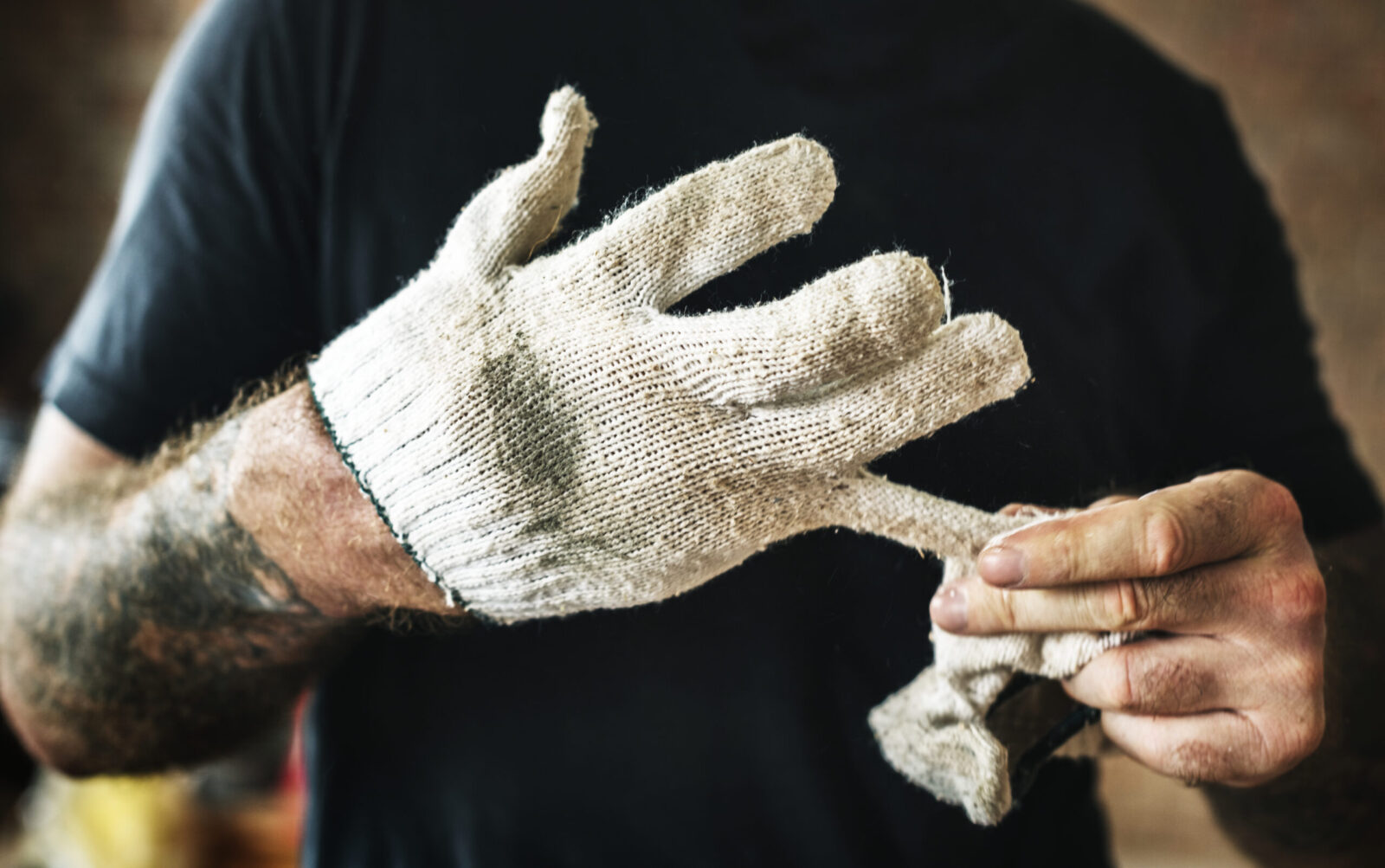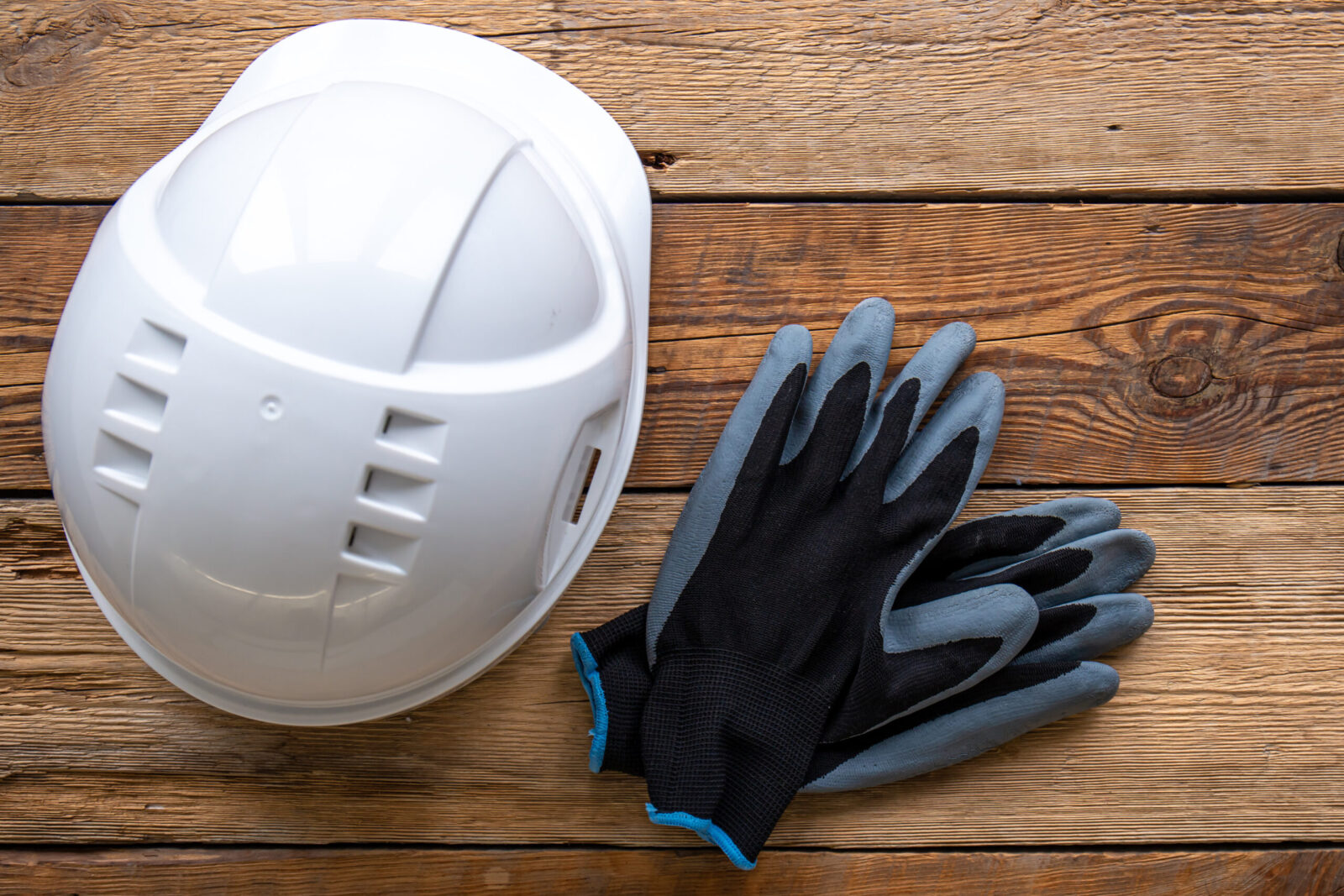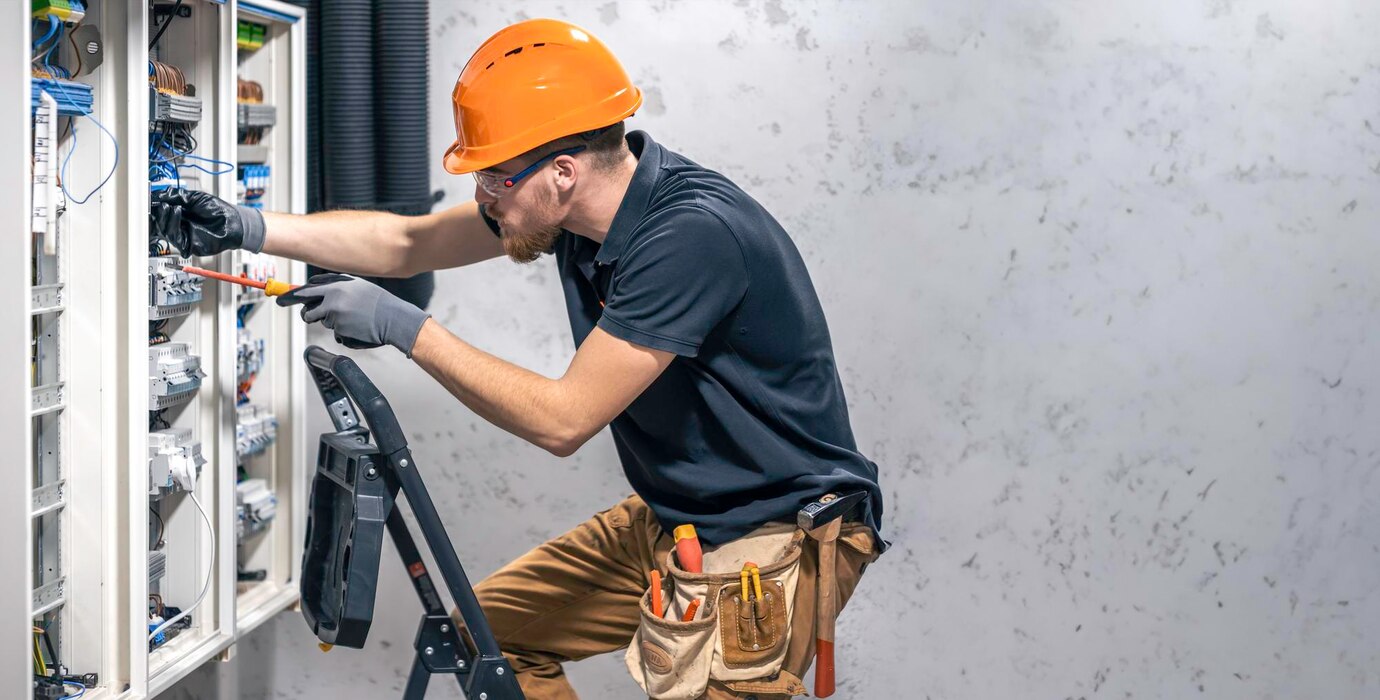
How to Choose Heat-Resistant Work Gloves
Choosing the right heat-resistant gloves is very important for safety and performance when working in hot places. Heat-resistant gloves are...

Get 20€ off on your first order!































Are you struggling to find the right leather gloves for construction that balance comfort, safety, and productivity? Perhaps you’re unsure about which material offers the best protection for your tasks, or you’re navigating the many available options on the market. You’re not alone—with so many choices, it’s easy to feel overwhelmed.
This guide will help you make an informed decision, ensuring you pick gloves that fit your specific needs while staying protected on the job. Drawing from industry expertise, we provide actionable advice and resources to address your immediate concerns, such as selecting the right material and ensuring a proper fit for construction tasks.
Additionally, we include solutions for your next problem: how to care for and maintain your gloves to extend their lifespan. For an in-depth look at all types of leather work gloves, explore our main buyer’s guide here.
Choosing construction gloves starts with understanding your specific work needs and the glove features that cater to them. Here are the critical factors to consider:
Not all leather is created equal. The type of leather significantly impacts the glove’s performance, especially in construction tasks where durability, flexibility, and environmental resistance are crucial.
For instance, cowhide is excellent for heavy-duty tasks like lifting and handling abrasive materials, while goatskin excels in tasks requiring precision and dexterity, such as operating machinery or assembling components.
Construction work often requires gloves designed to handle sharp tools and rough surfaces. Gloves with high cut resistance levels (as per EN 388 standards, which measure resistance to cuts, abrasions, tears, and punctures) and abrasion-resistant properties offer maximum safety.
For example, a high rating in abrasion resistance indicates the glove’s durability when handling rough surfaces, while strong cut resistance is essential for working with sharp tools. Learn more about cut-resistant gloves in this guide.
Ill-fitting gloves can cause blisters, reduce dexterity, or may lead to reduced safety. Measure your hand circumference (in cm) around the widest part of your palm to find your size.
To measure hand circumference accurately, wrap a flexible tape measure around the widest part of your palm, just below the knuckles, excluding the thumb. Ensure the tape is snug but not tight for the most accurate sizing.
| Hand Circumference (cm) | Glove Size |
| 17-18 | 7 (Small) |
| 19-20 | 8 (Medium) |
| 21-22 | 9 (Large) |
| 23-24 | 10 (XL) |
| 25-26 | 11 (XXL) |
For outdoor construction, consider waterproof gloves or those with insulated linings to keep your hands warm and dry in cold or wet conditions. Brands like Showa and Ansell offer excellent waterproof and insulated options designed for harsh environments. Pigskin and treated cowhide are particularly suitable for wet environments.
Double stitching and reinforced seams enhance the durability of gloves. Look for gloves with Kevlar stitching for added strength when working with heavy equipment.

Ensure that the gloves meet European safety standards like EN 388 for mechanical risks and EN 511 for cold resistance. EN 388, for example, evaluates gloves for their resistance to abrasion, cuts, tearing, and punctures.
Learn more about these standards from this guide on Wikipedia. These certifications guarantee that the gloves have undergone extensive testing to meet safety standards.
To maintain your gloves in top condition:
For detailed care tips, read How to Clean Leather Work Gloves.
In addition to leather construction gloves, you might find these products beneficial:
For a wide selection of leather gloves, visit our Leather Work Gloves category. You’ll find high-quality options tailored to your needs, whether for construction or other demanding tasks.
For a more general guide on work gloves, read How To Choose The Right Work Gloves.
We hope this guide has equipped you with the knowledge to confidently choose the best leather gloves for construction, balancing protection, comfort, and efficiency. By focusing on essential factors like material type, proper fit, and safety certifications, you can ensure your hands are well-protected for any task.
Explore our comprehensive product selection to find top-quality options tailored to your needs. Use filters to narrow down by material type, safety ratings, or specific construction applications to quickly identify the best gloves for your tasks. Still have questions?
Don’t hesitate to reach out—we’re here to help with expert advice and support for your next challenge, including caring for and maintaining your gloves to maximize their lifespan.
Some leather gloves are designed with touchscreen-compatible fingertips, allowing you to use smartphones or tablets without removing the gloves. If this feature is essential, look for gloves explicitly labeled as touchscreen-compatible.
Replace your gloves when they show significant wear and tear, such as holes, cracks, or loss of padding. Compromised gloves can reduce protection and increase the risk of injury.
Standard leather gloves are not suitable for handling chemicals or hazardous substances. For such tasks, use specialized chemical-resistant gloves made of materials like nitrile or neoprene.
Avoid direct heat sources like radiators or hair dryers, as these can cause the leather to crack. Instead, let the gloves air dry at room temperature and apply a leather conditioner once they’re dry to restore softness.
Minor damages, such as small holes or loose stitching, can often be repaired with leather patches or strong adhesives. However, for significant damage, it’s usually safer to replace the gloves to ensure optimal protection.
Thank you! You've signed up for our newsletter.









Choosing the right heat-resistant gloves is very important for safety and performance when working in hot places. Heat-resistant gloves are...

Looking for the perfect leather winter work gloves to keep your hands warm, protected, and functional in cold weather? Let...

Leather work gloves are essential tools for many industries, offering durability, comfort, and protection. Proper maintenance ensures they last longer,...

Choosing the right heat-resistant gloves is very important for safety and performance when working in hot places. Heat-resistant gloves are...

Looking for the perfect leather winter work gloves to keep your hands warm, protected, and functional in cold weather? Let...

Leather work gloves are essential tools for many industries, offering durability, comfort, and protection. Proper maintenance ensures they last longer,...
Get 20€ off on your first order!
Save 30% by buying directly from brands, and get an extra 10€ off orders over €100
Save 30% by buying directly form brands, and get an extra 10€ off orders over €100